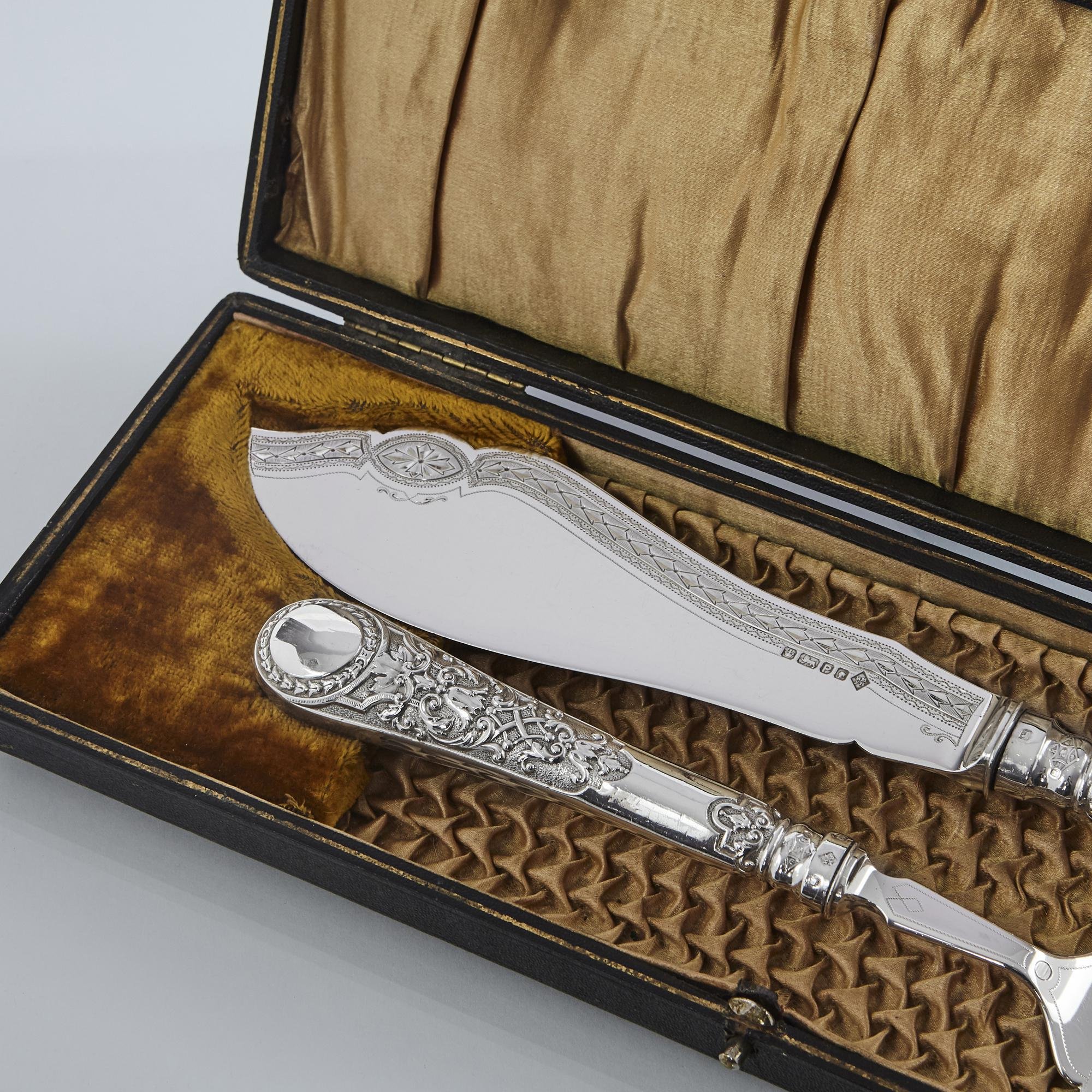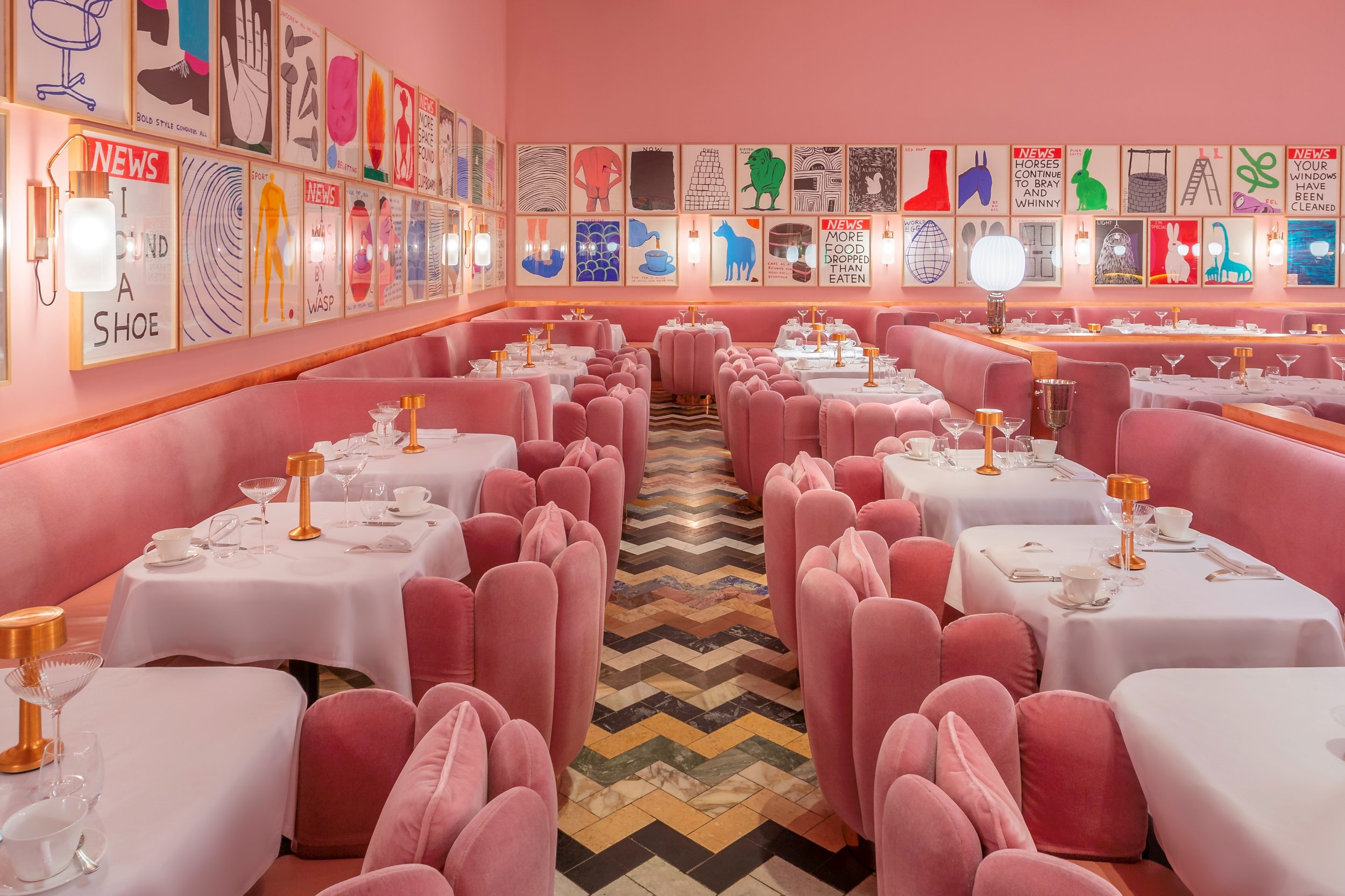Karen Taylor Fine Art
An interview with Karen Taylor of Karen Taylor Fine Art, about a selection of women artists in her Spring Selection.
Karen Taylor, specialist in British art of all periods, primarily works on paper, has always had an interest in women artists. Karen started her career in Sotheby's British Drawings department, and witnessed the disparity between the number of women and men artists in the watercolours catalogued. Having watched women's art being relegated to the 'amateur lady' category, she believes these categories deserve closer scrutiny. Linda Nochlin's famous 1971 essay "Why Have There Been No Great Women Artists?" is at least partially to thank for the now fairly widespread recognition that, in Karen's words, 'they were there, but because of societal constraints they weren't allowed, on the whole, to practice as professional artists'. Karen notes that many standout figures, like the two women Founder members of the RA in 1768, Angelica Kauffman and Mary Moser, had artistic fathers whose encouragement was key to their early careers. In our interview with Karen about the women artists in her Spring Selection we look at both women who succeeded in gaining professional recognition in their lifetime, and women who did not. We had a fascinating conversation about these works, situating them in the lives of these very different women with varied circumstances and careers.
The first woman to be a full member Academician after Kauffman and Moser was Laura Knight, R.A., R.W.S. (1877-1970) in 1936 - which 'tells you a little something about how institutions were quite hard for women artists to penetrate', Karen tells us, with Knight 'setting out her stall' with her famous Self Portrait with Nude, in 1913. A remarkable painting, Knight is seen painting from life, in front of the nude female model. Her woolly red jumper and distinctive black hat heightens the effect of the flesh tones of the nude model, a jarring juxtaposition of the clothed and nude female form that was shocking at the time. At this point women artists were not allowed into the life room, and it was only after Knight set up her own studio that she was free to draw from life. Famous now for her genre painting, including portraits of circus performers and Romani Gypsies, Knight also had an interest in landscape all her life, Karen tells us, with a love of nature that is evident in this graphite and black chalk drawing Study of the branch of a tree. A type of conifer with spiky branches, the graphic nature of the design evokes the Japanese woodcut tradition, and you can almost feel the wind blowing through the branches.
Helen Cordelia Angell (1847-1884) is an earlier artist who also worked closely with nature, specialising in botanical work, which Karen explains was very fashionable at the time, and a genre many women artists have been drawn to over the centuries. Angell became the anointed successor of William Henry Hunt, the great botanical artist, and was Flower Painter in Ordinary to Queen Victoria. As Karen notes, Queen Victoria was 'a pretty accomplished amateur artist herself, who took lessons from a lot of the major artists of her day, she was clearly keen to support women artists'. How Angell's connection to Hunt came about is not yet clear, but she clearly 'shared his interest and his very meticulous depiction of nature', as seen in this beautiful study of apple blossom. Angell had come from an artistic family; her brother and sister were both pottery artists, and she married an amateur artist and postmaster, Thomas Angell. Sadly she died very young, at 37, which perhaps adds to the slight mystery surrounding her career. Karen explains, 'with female artists, once you get to the 20th century with Laura Knight they are suddenly very well documented, and you know where they went to art school, and exactly what they did, but when you are dealing with the late 18th and 19th centuries, and earlier, it can be much harder'.
Of a similar generation, but different worlds, is Edith Martineau, A.R.W.S. (1842-1909). Liverpool born, her father was a Unitarian minister and theologian. 'She studied at Liverpool School of Art and then at Leigh’s School of Art,' where many women artists studied. Along with her sister Gertrude, Martineau is associated with the Pre-Raphaelites; 'she has that very meticulous Pre-Raphaelite approach to landscape which is very pleasing to see'. This watercolour, The path through the trees, has an otherworldly, almost mythical element, the central path’s destination unclear and full of potential, surrounded by the soft colours of autumn. Martineau spent much of her career in and around London, dying in Hampstead, and Karen believes this is a view of Hampstead Heath. Nowadays the same view would be populated with buildings, but here it remains countryside, just below the sightline of the church at Harrow-on-the-Hill.
Both Angell and Martineau were included in the book Women Painters of the World, edited by Walter Shaw Sparrow, in 1905. Karen tells us women were increasingly able to sell their work in the 19th century, ‘certainly at the end of it women are selling their work pretty regularly’. However, a hundred years earlier things were very different. An interesting precursor to these women who were able to live and gain recognition as professional artists can be found in the works of gentlewomen who learned drawing as an accomplishment.
From the late 18th century and even more in the early 19th century, friendship albums became a popular pastime, with young ladies swapping drawings with their friends. The Fairford Park Friendship Album, assembled by Augusta Raymond-Barker (1827-1900), is a wonderful example, containing portraits and interiors. It was also well-annotated by its owner, making it much easier to draw biographical connections and learn more about the artists. It ‘paints a picture of a circle of women’, Karen tells us, primarily Raymond-Barker’s family circle. Her family was particularly interesting in terms of women artists, her aunt Charlotte Bosanquet, ‘was really one of the leading female interior painters of the early 19th century’. After her banker father’s suicide, Bosanquet moved from house to house staying with various members of her family, sketching as she went. Her works are charming and detailed, beautifully picturesque interiors that are self-contained worlds, often with figures making an appearance, in a departure from the norm started by W. H. Pyne's History of the Royal Residences, 1819, which sparked a trend for depictions of interiors. Karen says, ‘There's a sort of intimacy that one sees in Charlotte Bosanquet's work, she usually does include figures in her interiors’. The temptation is to see these intimate, personal drawings expressing a particularly feminine world; ‘there is no question that the female space was much more circumscribed, and the house was really a place where they spent more time than their fathers and brothers did, because they were able to go on a Grand Tour or something, which really wasn't open to a woman of the same age’. Another interesting figure whose work appears in the album is Lady Emily Dundas, the sister of Raymond-Barker’s step-mother, and another artist drawn into the family circle. Dundas married Admiral Dundas as his second wife, travelling widely, including Therapia and Constantinople during the Crimean War, where she reportedly attended picnics as the men fought during the day. ‘She didn't allow war to get in the way of her social life!’. Her drawings paint the portrait of a fascinating, vibrant life, which might otherwise be difficult to visualise.
This selection of drawings from Karen Taylor allows us a deep look at the changing circumstances for women artists over two rapidly changing centuries. You can view the full ‘Spring Selection’ here.
Excerpts from our interview with Karen Taylor.










